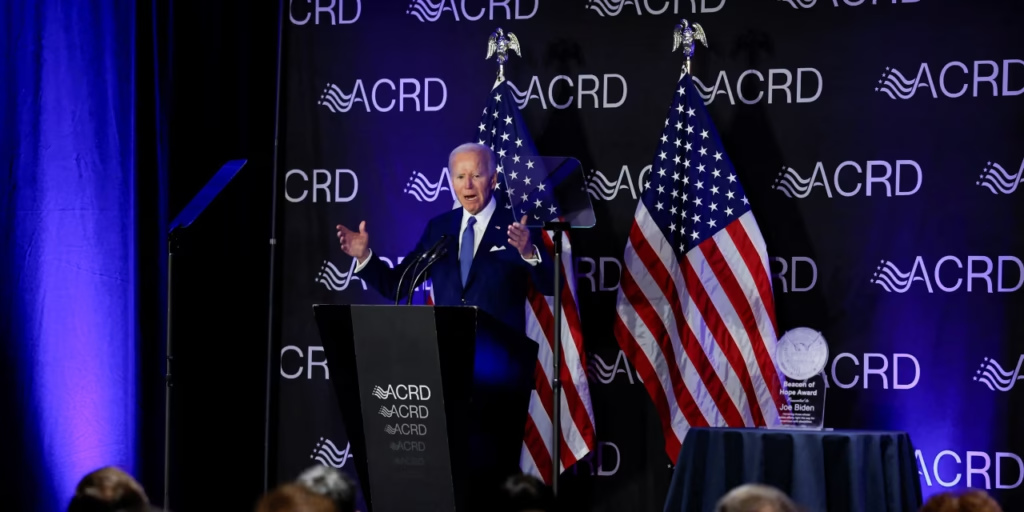Nvidia, a leading technology company, has announced plans to manufacture its AI supercomputers entirely within the United States. This decision aligns with former President Donald Trump’s trade policies, emphasizing domestic production and reducing reliance on foreign manufacturing, particularly from China.
Background: U.S.-China Trade Tensions and Tech Policies
The U.S.-China trade war has significantly impacted global technology supply chains. Under the Trump administration, tariffs and export restrictions were imposed on Chinese technology firms to protect national security and promote domestic manufacturing. These policies aimed to curb China’s access to advanced U.S. technologies, including semiconductors and AI chips.
Nvidia’s decision to shift manufacturing to the U.S. reflects these broader geopolitical dynamics. The company’s move is seen as a strategic response to ongoing trade tensions and regulatory challenges.
Nvidia’s $500 Billion Investment in U.S. Manufacturing
Nvidia has committed to investing up to $500 billion in building AI supercomputers within the United States. The company plans to establish over a million square feet of manufacturing space in Texas, partnering with firms like Foxconn in Houston and Wistron in Dallas. Mass production is expected to ramp up over the next 12 to 15 months.

This significant investment underscores Nvidia’s commitment to strengthening its supply chain and meeting the growing demand for AI infrastructure. CEO Jensen Huang emphasized that domestic manufacturing would enhance the company’s ability to deliver advanced technologies efficiently.
Impact of Export Restrictions on Nvidia’s Business
The U.S. government’s recent decision to impose export restrictions on Nvidia’s H20 AI chips has had a substantial financial impact on the company. Nvidia anticipates a $5.5 billion loss due to inventory and commitments linked to these chips, which were in high demand in China.
These restrictions are part of broader efforts to prevent advanced U.S. technologies from being used in Chinese supercomputers and military applications. The move has led to a significant drop in Nvidia’s stock price and has prompted the company to reevaluate its international sales strategies.
Alignment with Trump’s Trade Strategy
Nvidia’s decision to manufacture its AI supercomputers in the U.S. aligns with former President Trump’s emphasis on domestic production and reducing dependency on foreign manufacturing. The Trump administration’s policies aimed to revitalize American manufacturing and protect national security by limiting the export of sensitive technologies.

By bringing production back to the U.S., Nvidia is not only complying with regulatory requirements but also positioning itself favorably within the current political and economic landscape. This move is seen as a strategic alignment with policies that prioritize American innovation and self-reliance.
Broader Implications for the Tech Industry
Nvidia’s shift to U.S.-based manufacturing may influence other technology companies to consider similar moves. As trade tensions persist and regulatory environments evolve, companies may seek to mitigate risks by localizing their supply chains.
This trend could lead to increased investment in domestic manufacturing facilities, job creation, and a renewed focus on technological innovation within the United States. However, it also presents challenges, including higher production costs and the need for a skilled workforce to support advanced manufacturing processes.
Conclusion
Nvidia’s decision to manufacture its AI supercomputers in the United States reflects a strategic response to ongoing trade tensions and aligns with policies emphasizing domestic production. This move underscores the complex interplay between technology, trade, and national security, highlighting the importance of adaptable strategies in a rapidly changing global landscape.
Read Next – AMD Processors Power Innovation in Gaming and AI





